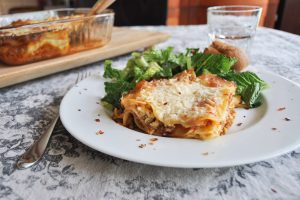If you’re new to food allergies or will be baking for people who have them, we’re here to help you transform your favorite baked holiday treats into goodies everyone can enjoy. Much like we did for our post, the best allergy-free replacements for favorite Thanksgiving recipes, we hope to help you navigate through the sometimes confusing options out there.
Please note that this isn’t meant to be a comprehensive guide to helping make the perfect gluten-and-dairy-free croissants or perfect flaky biscuits without a touch of dairy. Those are totally possible, but are very advanced baking projects that we’ll leave to the allergy-free baking experts. Rather, here we’ve got the best one-to-one allergy-friendly baking substitutes that any home cook can easily pick up at their local supermarket to make holiday baking that’s safe for everyone without any major science or research.
Top photo by Pietro De Grandi on Unsplash
Updated in 2021 with input from Christina
Related: Healthy baking substitutes, so that you can eat more of what you bake. (Right?)
This post contains affiliate links and some purchases may generate a small commission that helps support our team at no additional cost to you. All gift recommendations have been selected editorially by our team.
Flour substitute for gluten-free goodies
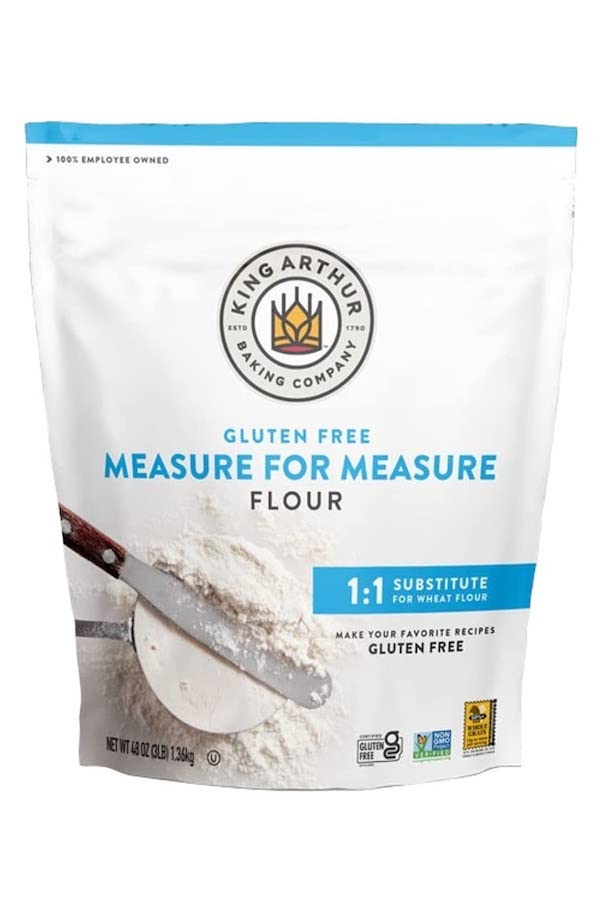
Gluten-free options have gotten so much better over the years with items like cassava flour, potato starch, and xanthan gum readily available on most supermarket shelves. But if you want the easiest gluten-free flour, grab a bag of King Arthur Gluten-Free Flour for a one-to-one replacement for the wheat flour in your favorite holiday cookies. Sold online and in supermarkets, it is the easiest sub we can find.
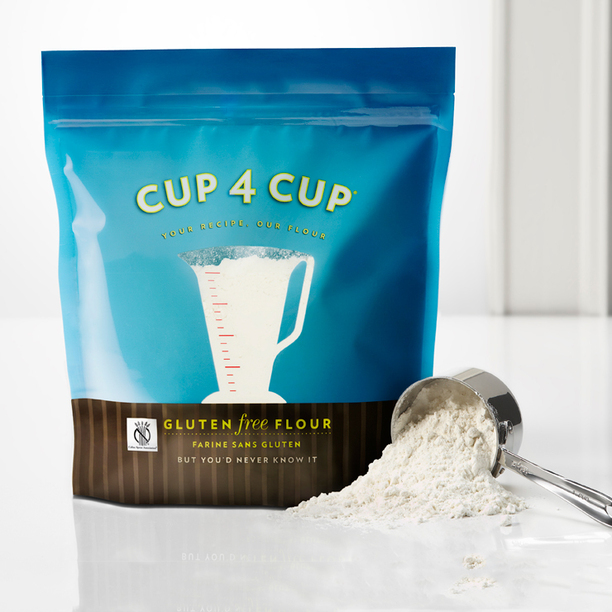
Though a bit pricey, Stacie has had success across the most number of baking projects using Cup4Cup gluten-free flour. If you decide to give it a try, their site has a ton of gluten-free recipes that have already been tested using their flour, including pie dough, which is super helpful. But, it’s important to note that this flour does contain milk which is important if you’re avoiding dairy too.
Allergy-free egg substitute

If you’re trying to leave eggs out of baking, one of the easiest subs may be something you already have in your pantry (or can easily find in the supermarket): ground flax seed. To make a flax egg, you simply combine ground flax seed and water, and allow the combination to sit for just a few minutes. Hop on over to Minimalist Baker to get the exact ratio.
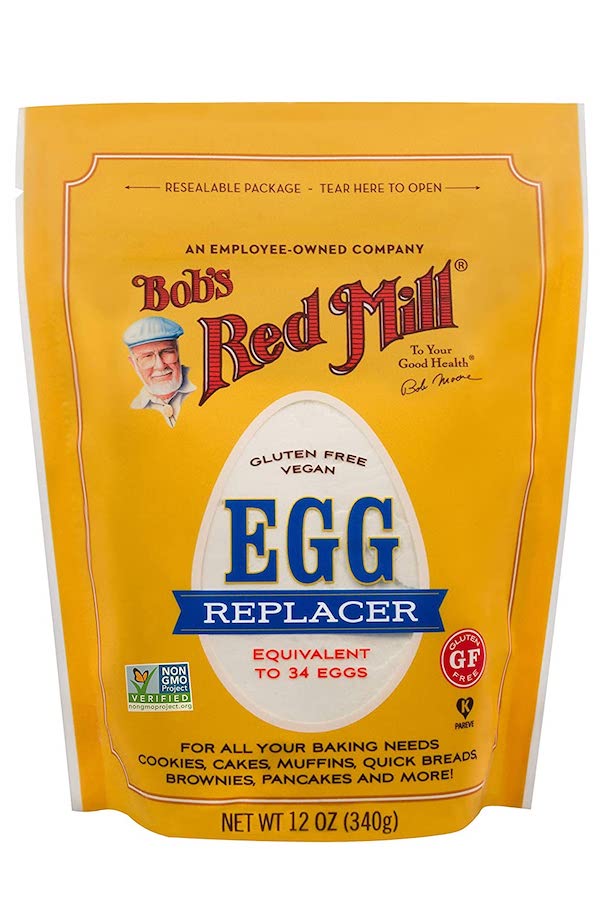
Another great option is found in this bag of Bob’s Red Mill Egg Replacer which uses a mix of potato starch, tapioca flour, baking soda, and psyllium husk fiber—all gluten, grain, soy, and bean-free. Just whisk the powdery mixture with water until the clumps dissolve and voila! Each bag holds the equivalent of 34 eggs or almost three dozen eggs.
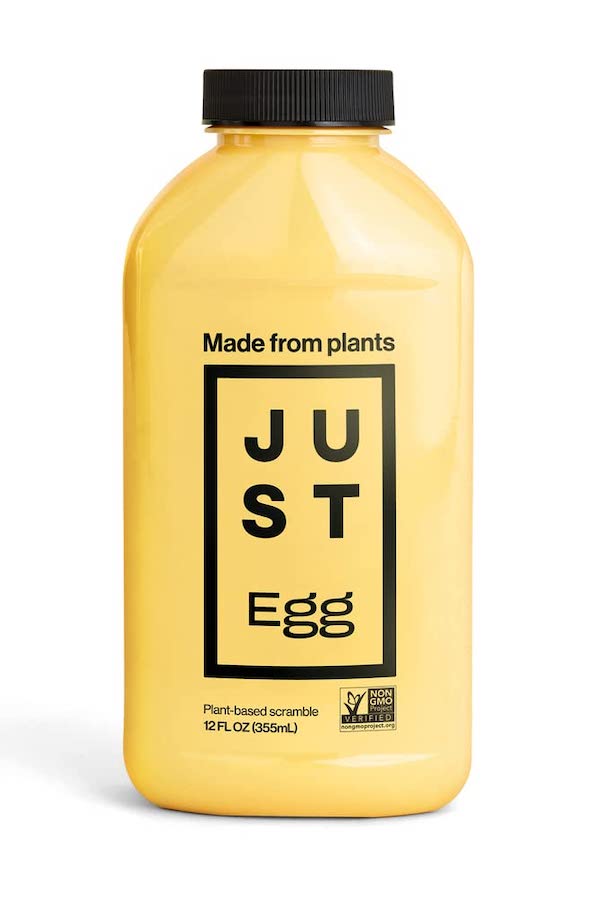
Finally, if you need your egg substitute to be more of a replacement for cooked egg—as in crepes, french toast, or a strata—check out JUST Egg, a plant-based liquid egg substitute with a confusing name (think of “just” as in “fair”, not “only”). JUST Egg looks like a scrambled egg before you cook it, so use it to create something like this French Toast Food Bar or a version of this Breakfast Strata with Mushroom, Caramelilzed Onions, Goat Cheese, and Thyme on Christmas morning.
Dairy-free butter substitutes
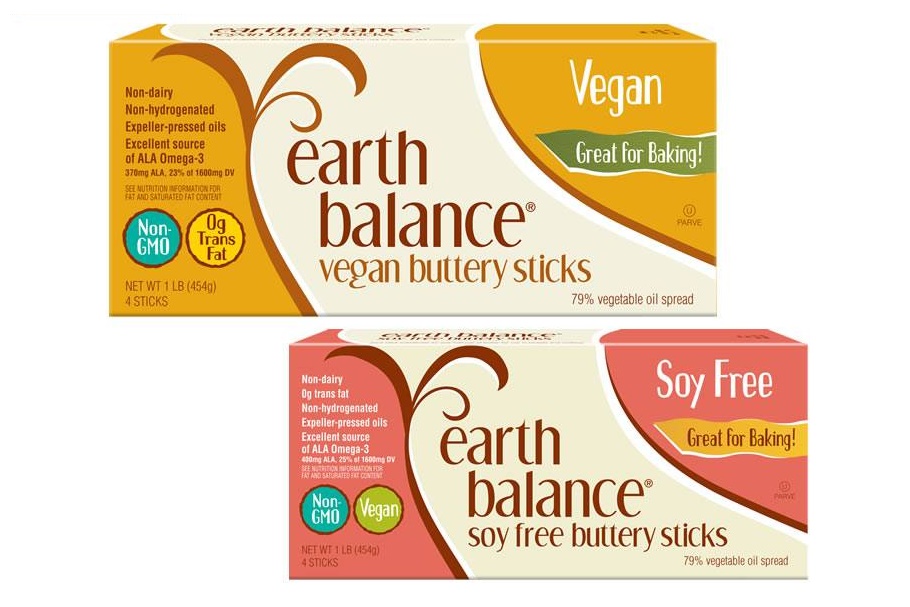
When I bake for my dairy-free child, I use Earth Balance vegan buttery sticks which I love because they are sold almost everywhere. There are, of course, other vegan butter options, but it seems that there is most success using these as a substitute for stick butter in baking. (nut-free but does include pea protein)
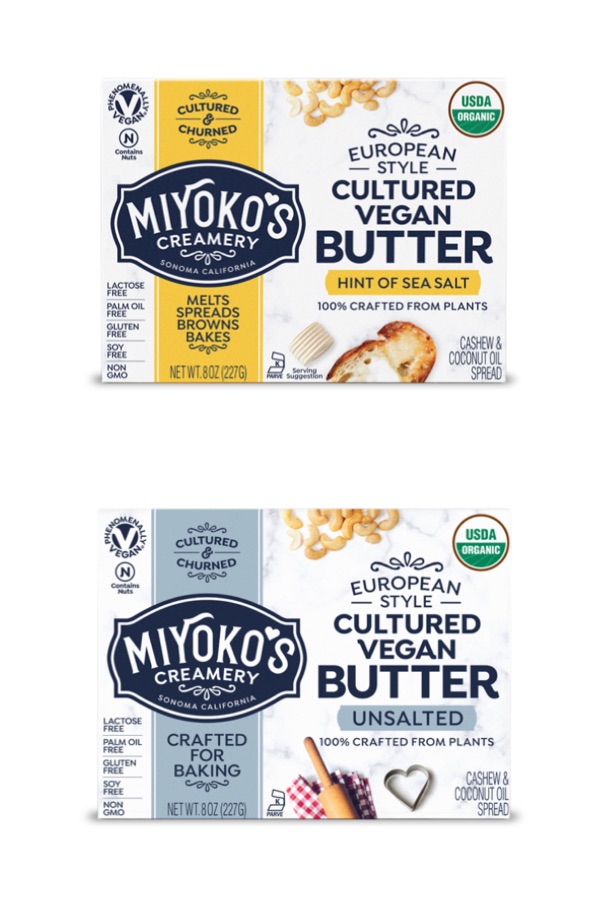
Another terrific option I can now find in my supermarket is Miyoko’s Creamery’s European Style Cultured Vegan Butter (their unsalted version is available in the Miyoko’s online store). It’s very tasty though pricier than other options; but when making special holiday cookies and other baked goods, it’s okay to splurge. (please note that cashews are an ingredient)
And when it comes to pie dough and other baking projects that call for shortening, remember that traditional Crisco is vegan. (I know, right?!)
If you’d rather skip butter all together, check out our healthy baking swaps for butter.
Related: One sugar cookie dough recipe, ten easy Christmas cookies.
Dairy-free milk (or buttermilk) substitutes
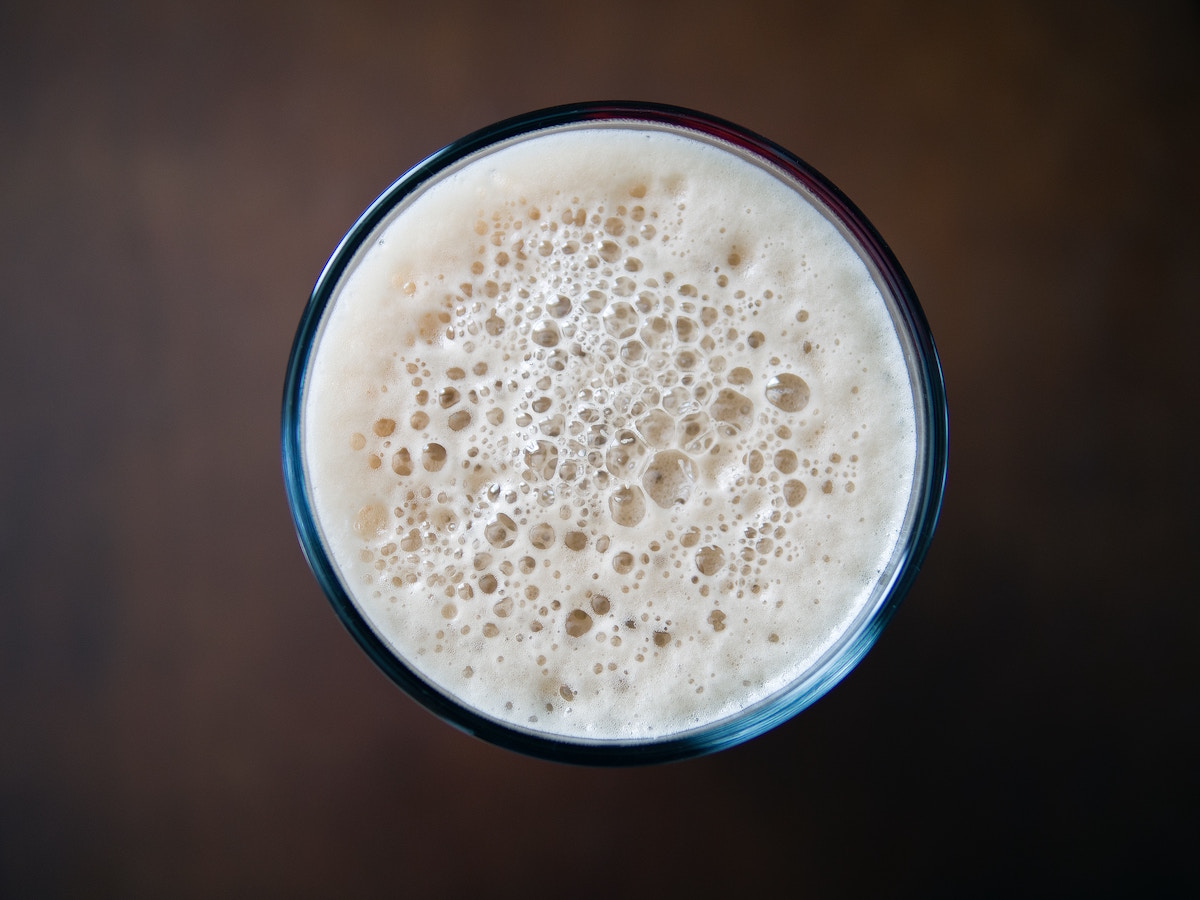
Photo by Frank Luca on Unsplash
Believe it or not, you can actually use water to substitute milk in many basic baking recipes, but you’ll lose some richness that is usually made up by adding more butter; the recommended substitution is 1 cup of water plus 1 1/2 teaspoons of butter for every cup of milk. If you’re not using regular butter, though, I’d suggest using a plant-based milk substitute instead.
The easiest one-to-one substitute for a neutral flavor is almond or oat milk. Almond milk is obviously not safe for people with nut allergies though, which is why I love Oatly Oat Milk for baking. It’s naturally a little bit sweet too which makes it a great pick for holiday treats.
For buttermilk, you can make your own non-dairy version by adding 1 tablespoon of fresh lemon juice or white vinegar to every cup of plant-based milk of choice and letting the mixture sit, untouched, for about 10 minutes. Then, use as you would regular buttermilk.
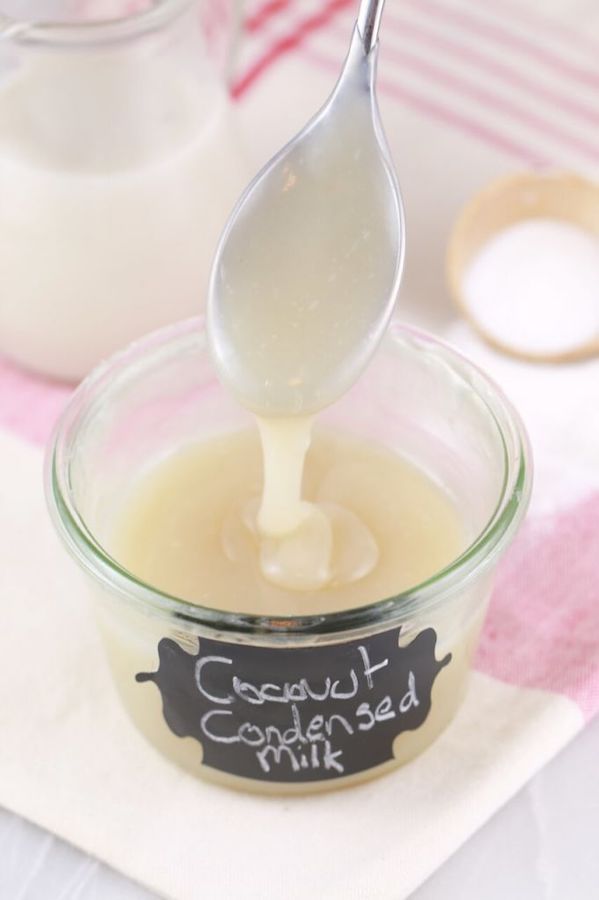
And, to replace cans of sweetened condensed milk in your grandmother’s famous fudge recipe, Nature’s Charm Sweetened Condensed Coconut Milk is a great option. Or, follow an easy DIY recipe like this one for Dairy-Free Condensed Milk from Gemma’s Bigger Bolder Baking. Her recipe (photo above) is very flexible so you can use your favorite dairy-free milk and sweetener.


